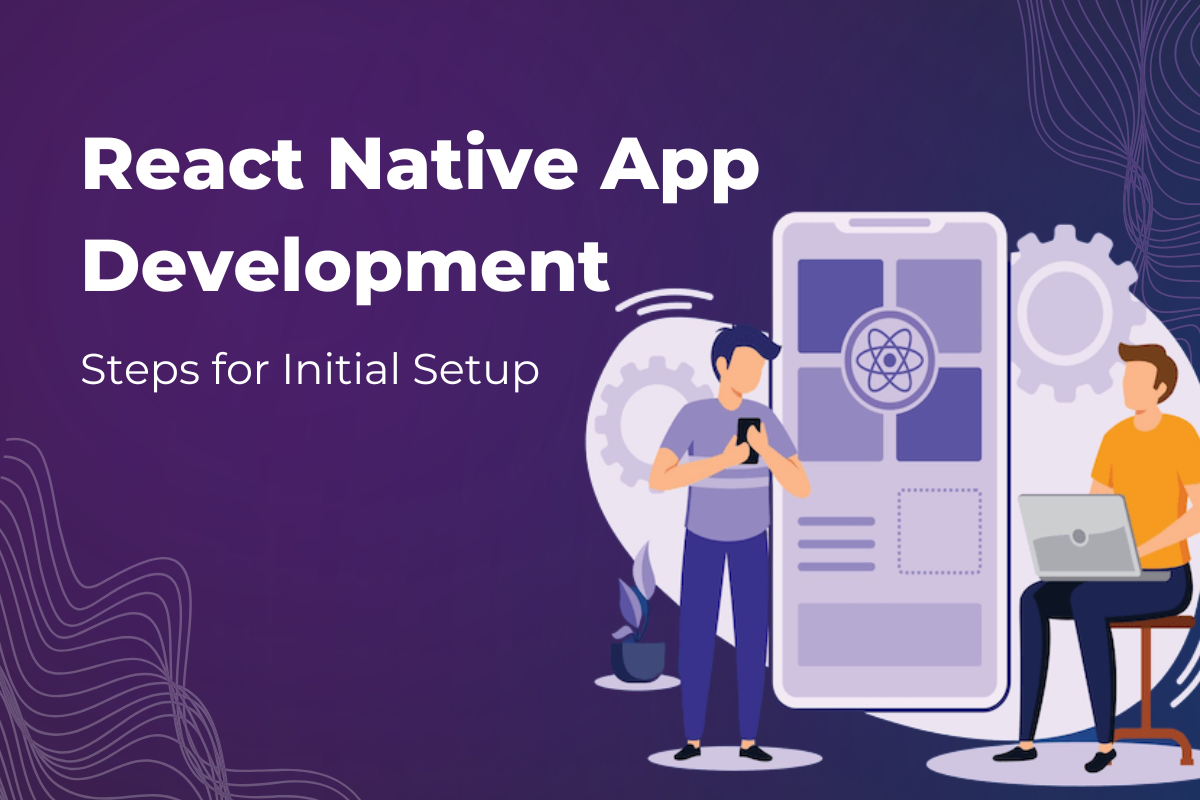In the modern era, humans spend most of their time indoors. But it is nearly impossible to track the devices via GPS as cell signals are mostly blocked indoors. For this problem, BEACONS are the solution.
Beacons have been generating buzz since 2013 when Apple first introduced iBeacon technology. And while it may have appeared for a time and that this new way of connecting with customers might be slow to catch on, but today it’s on fire!
What is a Beacon?
Beacons are low-cost battery powered Bluetooth devices which are small enough to attach to walls or countertops. Beacons transmit data directly to the smartphones/tablets. They can be used in any business i.e. in shopping centers, in retail stores, in educational institutes etc. Even consumers can use beacons as a part of their home automation systems. Beacons support only one-way communications, it means beacons only transmit signal but don’t receive any information.
Each beacon has a unique identifier that a Bluetooth-enabled smartphone can detect to determine signal strength and access how close in proximity a person’s device is to the beacon. This is so the system can identify which beacon a person is closest to, so it can send the right app notification. If the technology was not precise, app notifications would have been irrelevant.
What can we actually do with beacons?
Beacons can be used in following fields:-
- Retail Shops: – Beacons can be used in retail shops to provide offers and other products information to the users. This will provide interactive experience to the users via Proximity marketing. Also it will help the owner to manage the resources according to footfall recorded by beacons.
- Shopping Malls: – By using beacons, malls can attract their users by sending latest ongoing promotions of various stores via proximity messaging. Moreover, beacons can help mall owners to record the user’s shopping history and other interests.
- Café and restaurants: – Café and restaurant owners can use beacons to record the footfall of customers and to provide them menu and other offers and promotions.
- Museums: – In museums, beacons can be used to provide information regarding the things in exhibition whenever a user goes near to a specific object in exhibition.
- Employee location tracking: – Using beacons, employee’s location can be tracked within the office premises. This will help in better resource management.
- Attendance system: – Beacons can be used to recording In-Time and Out-Time of any person in any organization. This is specifically beneficial for the companies having a very large number of employees where long queues can be avoided by using beacons. This process can also ensure collecting more accurate data in terms of employees going out of the office for breaks during office hours.
- Travel Industry: – Miami International Airport recently launched an app that uses beacons to help consumers navigate the overwhelming terminals and find the correct gate for departure as the app sends them notifications on their mobile devices for restaurant and retail deals in the airport. Airports aren’t the only ones capitalizing on this trend, airlines are right on their heels. Imagine there is an unexpected flight delay. Beacons can alert passengers of a complementary drink discount at the bar around the corner, creating an inviting experience to ride out their wait. Beacons are taking a typically frustrating situation and introducing customer service technology aimed at averting and appeasing potentially disgruntled passengers. Now isn’t that how every airline passenger wants to be treated?
How to get beacons?
There are currently a number of beacon manufacturers out there, all offering a slightly different range of features, flexibility and reliability and battery life. Estimote and Kontakt are of the more popular beacon manufacturers and they offer a good SDK (software package) which allows you to configure and play around with the beacon, whilst also offering pretty decent battery life. You can get super small beacons, super long life beacons or waterproof/sturdy beacons from a quick search; you can even turn any BLE compatible phone into a beacon itself.
Beacon Protocols
The most popular Beacon implementations are Apple’s iBeacon and Google’s Eddystone.
Apple spelled out its framework for location services with iBeacon, first introduced in 2013 with iOS 7. Apple has kept the protocol proprietary, requiring non-disclosure agreements with third-party implementations such as those built for the Android platform.
Google’s Eddystone, in contrast, offers open source beaconing with cross-platform support. Eddystone, arriving only in July 2015, supports multiple approaches to the basic beacon interaction. Eddystone-URL broadcasts URLs; Eddystone-UID broadcast’s the beacon’s ID; and Eddystone-TLM provides beacon telemetry.
Google Maps has already launched beacon-based transit notifications in Portland. The Google Maps app can now send transit schedules and alerts to transit riders. Google also plans to soon add beacons to Google Now.
Top Beacon manufacturers
Three of the top beacon hardware manufacturers are Estimote, Kontakt.io and Radius Networks.
Estimote offers beacons that are compatible with iBeacon and Eddystone and having a default battery life of about three years, a range of up to 70 meters, and an ARM Cortex-M0 core processor. The company’s beacons offer motion and temperature sensors, as well as UUID rotation mode to improve security.
Kontakt.io offers two standard beacons: the Smart Beacon and Tough Beacon. Both are compatible with iBeacon and Eddystone. Smart Beacons are built on a Nordic Semiconductor chip, contain an ARM Cortext-M0 core, have batteries that last up to two years under default settings, and can scan for BLE packets more than 50 meters away. The Tough Beacon ruggedizes the hardware, combining the capabilities as the Smart Beacon for the elements; it is shatter-resistant, waterproof, and works in extreme temperatures, from -4 to 140 degrees Fahrenheit.
Radius Networks, founded in 2011, offers a variety of proximity beacon hardware, including RadBeacon Dot, RadBeacon USB and RadBeacon X4. Its smallest beacon, RadBeacon Dot, offers an adjustable range of five to 50 meters, battery life of 30 to 285 days depending on usage, and works on a replaceable coin cell battery. Its USB beacon offers a range of five to 30 meters and is powered by any USB charger. The X4 beacon is Radius Networks’ all-weather BLE beacon that offers five to 50 meters range with up to 184 months battery life, in -40 to 140 degrees Fahrenheit.
Conclusion
In this world where consumers are habitual to a personalized and seamless user experience, beacons will provide the large number of opportunities for the developers to build apps with innovative experience. The only key to success is to think about “how and when to provide the content to user”. Random, inappropriate or contextually irrelevant data will be annoying to user and may hinder the users.


